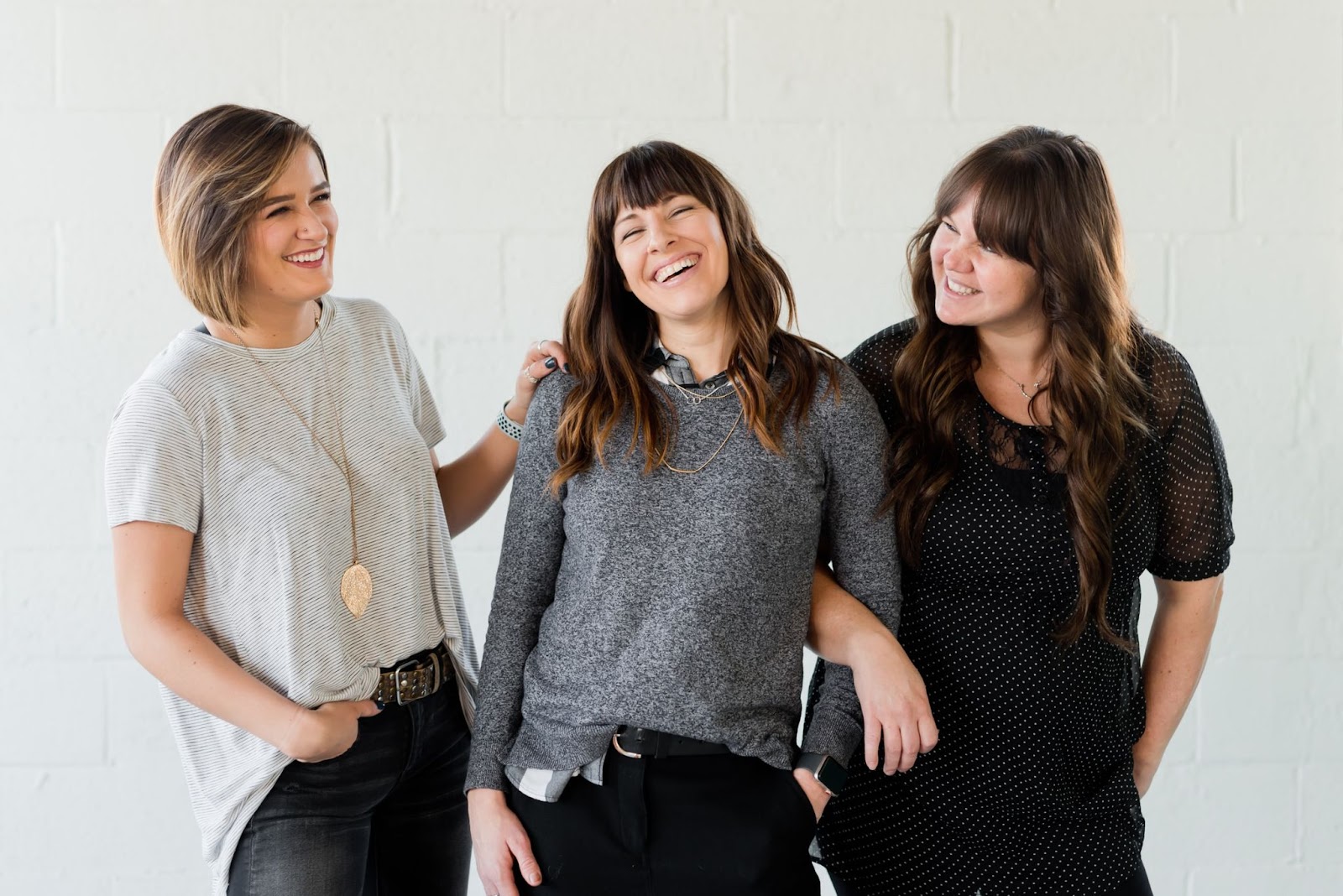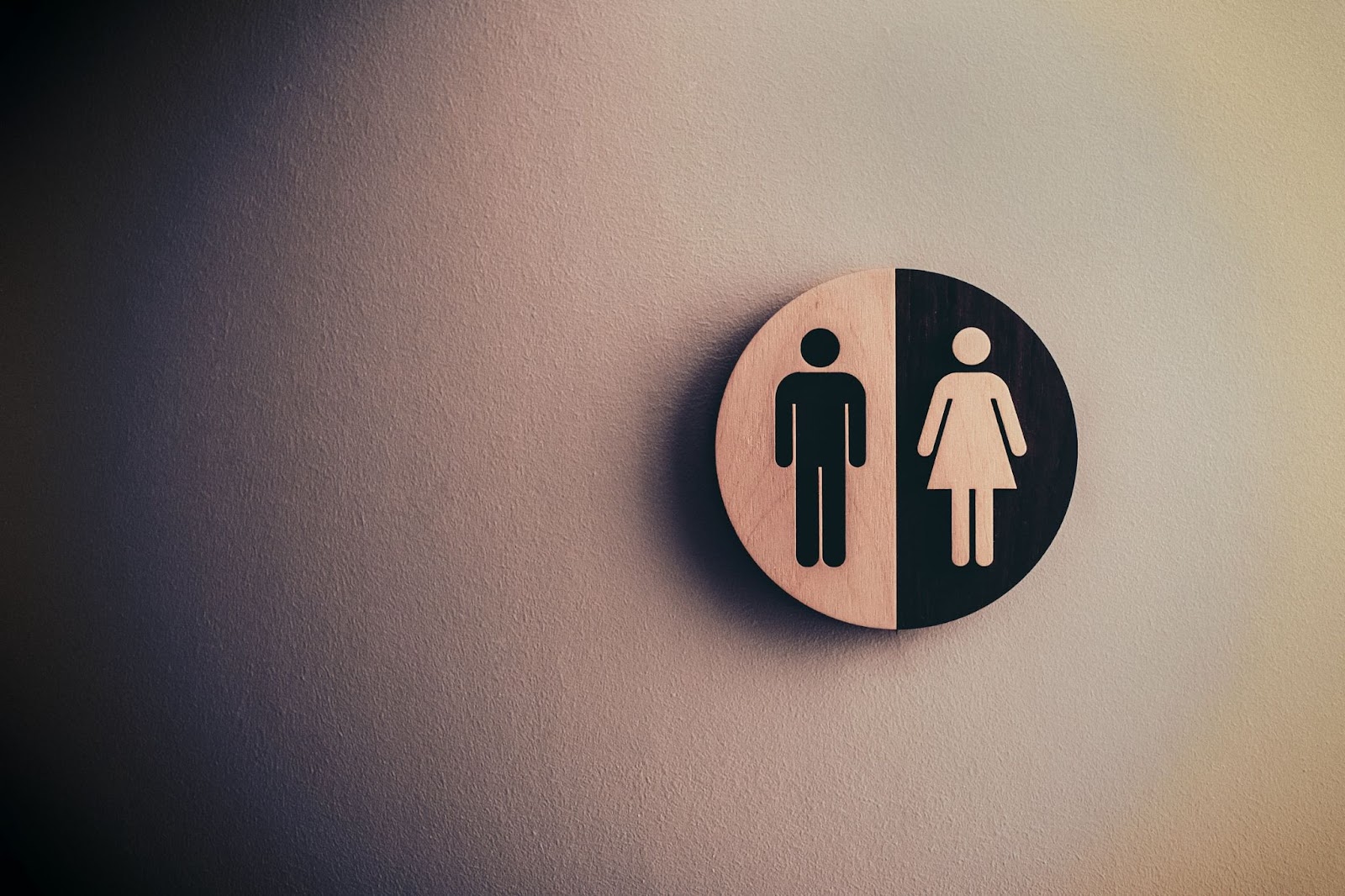In the past, adverts were primarily broadcast on TV, radio, and newspapers. But these days, advertisers need to plan for a broader, better range of channels to reach their target audience.
With social media, marketing campaigns are now diversified and all-inclusive. They cover a wide range of audiences because of advanced targeting.
You can get more specific by segmenting your audience into popular categories, like gender, age, region, and interest.
Traditional media has faced several challenges and is still dealing with them, such as bias and censorship.
It’s difficult for brands to effectively advertise on radio, TV, and newspapers because they’d have to communicate their message to a heterogeneous audience with various demographics, making it difficult to reach specific audiences.
Targeted advertising on social media has never been easier; it's always best to get ahead of trends by investing in timely marketing campaigns.
It’s also worth noting that there are crystal disparities between women and men, so these differences should be considered when putting together an ad.
If one hopes to appeal to a specific gender, below are some ways new marketing campaigns can be tailored:
Ads targeted at men

Men tend to be analytical, numerical, and evidence-based beings. Messages meant for them should center around these features to reach the goal you are trying to achieve.
Messages for men must:
-
Be straight-to-the-point
-
Provide solutions
-
Have proven track record of success
-
Be factual
-
Contain live product use
Ads targeting women

Emotional ads should be crafted with a particular focus on female audiences. Women are often more receptive to implicit messaging, which doesn’t work as much on men.
Women are emotional beings, and messages targeted at them should:
-
Be descriptive
-
Include disclaimers
-
Be empathetic
-
Make use of soft words
-
Patronizing
Some differences between men and women
One of the ways to help women connect and relate is by providing them with an outlet—either a chat platform or a way to self-reflect and connect with other women.
Women should have the option of messaging their brand in real-time; social media makes this effortlessly possible.
Below are general assumptions (based on stereotypical and pseudo-scientific findings) about men and women that help in targeting social media campaigns based on either gender.
1. Stress patterns
Men are one-directional and hardly have the capacity to multitask and appropriately deal with stress.
Men switch off the moment they can’t take something anymore or just switch off for the fun of it.
On the flip side, women are more likely to demonstrate that they are capable of enduring stress. They don’t switch off like their male counterparts and won't rest until the problem has been solved to their satisfaction.
2. Communication patterns
It has been reported that women produce an average of 20,000 words per day and men produce 7,000.
These numbers show that women tend to express their thoughts and emotions more than men and that the female brain is more demonstrative than male brains.
Women are vocal beings, and they're very good at certain things. These traits lead them to be better as product marketers, front desk officers, etc.
3. Memory
Women have a natural ability to appreciate and express emotions, which helps in multitasking and even memory retention. They remember special dates and specific events better.
Men's retention capacity is procedural, which means that men are really great at remembering processes. They're just not so good at recalling details.
Not all men are bad at multitasking or narrating events, but for the most part, they suffer from this disadvantage compared to women.
Motivating factor for both genders

John Gray asserted that men are more likely to get engaged when needed, while women get motivated when they feel loved.
This analogy shows how ads that are broadly appealing to women may not be effective for men. This phenomenon has implications for retailers who want to increase their profile with women.
Ways in which this can be incorporated in an ad tailored for the both genders are:
-
Consistent holiday tips
-
Discounts on birthdays
-
Apt advice
-
Appreciate and apply product review where necessary
-
Quality products and/or services
-
Top-notch offers, value, and loyalty
-
Freebies and rewards
For the males, an ad with an emotional connection can be highly effective if the product has a track record of solving problems.
Some similarities between men and women
1. Shared left-brain functionality
The left brain is responsible for logical, analytical thinking and organization.
We rely more on the right hemisphere when buying because it's responsible for our abilities to make decisions and understand ourselves and others.
This allows us to experiment, process emotions, visualize and talk about various things.
Purchasing decisions are based on instinctive reactions or how you feel about the product or brand.
2. Sales communication
Images are great, but campaigns will need to use audio, video, and empathetic sales messaging to drive customer engagement.
This will likely involve giving users personalized information to create the best experience that they want.
Audiences have a lot to say about your products and services, so keep those thoughts in mind when you're creating an ad for your company.
Consider what types of emotions they might be experiencing and their motivations for shopping.
Not knowing what motivates the target audience to buy isn’t very good for your product's success. And to sell most effectively, you need to figure out how different demographics engage with your products - this knowledge will better guide the way the tailored ad is pitched.
3. Do-it-yourself (DIY) and how-to videos
People will give up on a product if they need to consult another site for tips on using it.
Your online store and product packaging should contain succinct, straightforward solutions that users can easily find.
Both genders have different motivations for acquiring a particular product. Whatever the case, messages and content should be packaged to meet the needs of one or both parties.
Biological variations that influence purchasing decisions

We all respond differently to different things, and it's essential to be aware of our personal wiring and the people around us.
This awareness can help understand what triggers different behaviors in men and women, leading them to buy other products and subscribe to additional services.
The common triggers, factors & elements are:
-
Nostalgia
-
Animals
-
Inspiration
-
Faces
-
Babies
-
Colors
-
Feelings of joy & contentment
Key takeaways
Asking and answering the following questions might help you target your social media marketing better:
-
What triggers your audiences’ emotions throughout their purchasing experience?
-
What specific feelings and motivations are you targeting?
-
In your brand advertising, what elements are you including? Are these elements gender-specific?
The primary objective for marketers and ad managers is to motivate the pertinent emotion responsible for their customers’ purchasing decisions.
When done right and the audience is well-selected, every sales material will have high conversion rates and convince buyers to buy.
